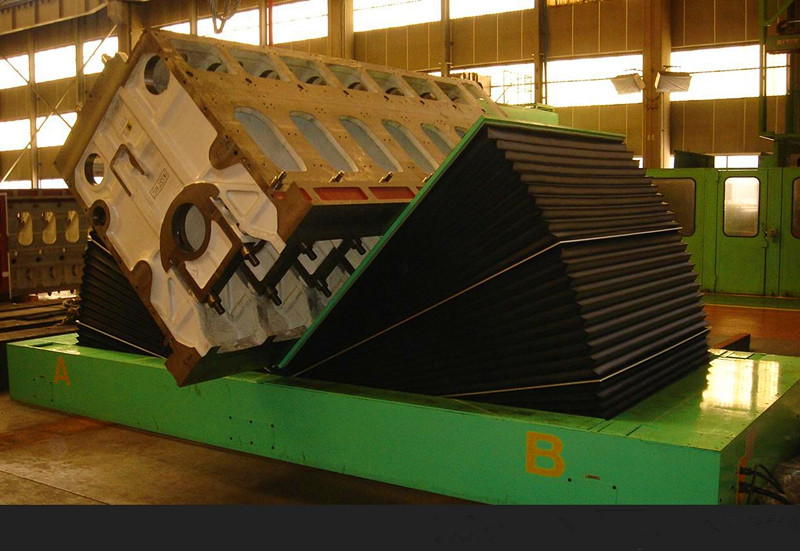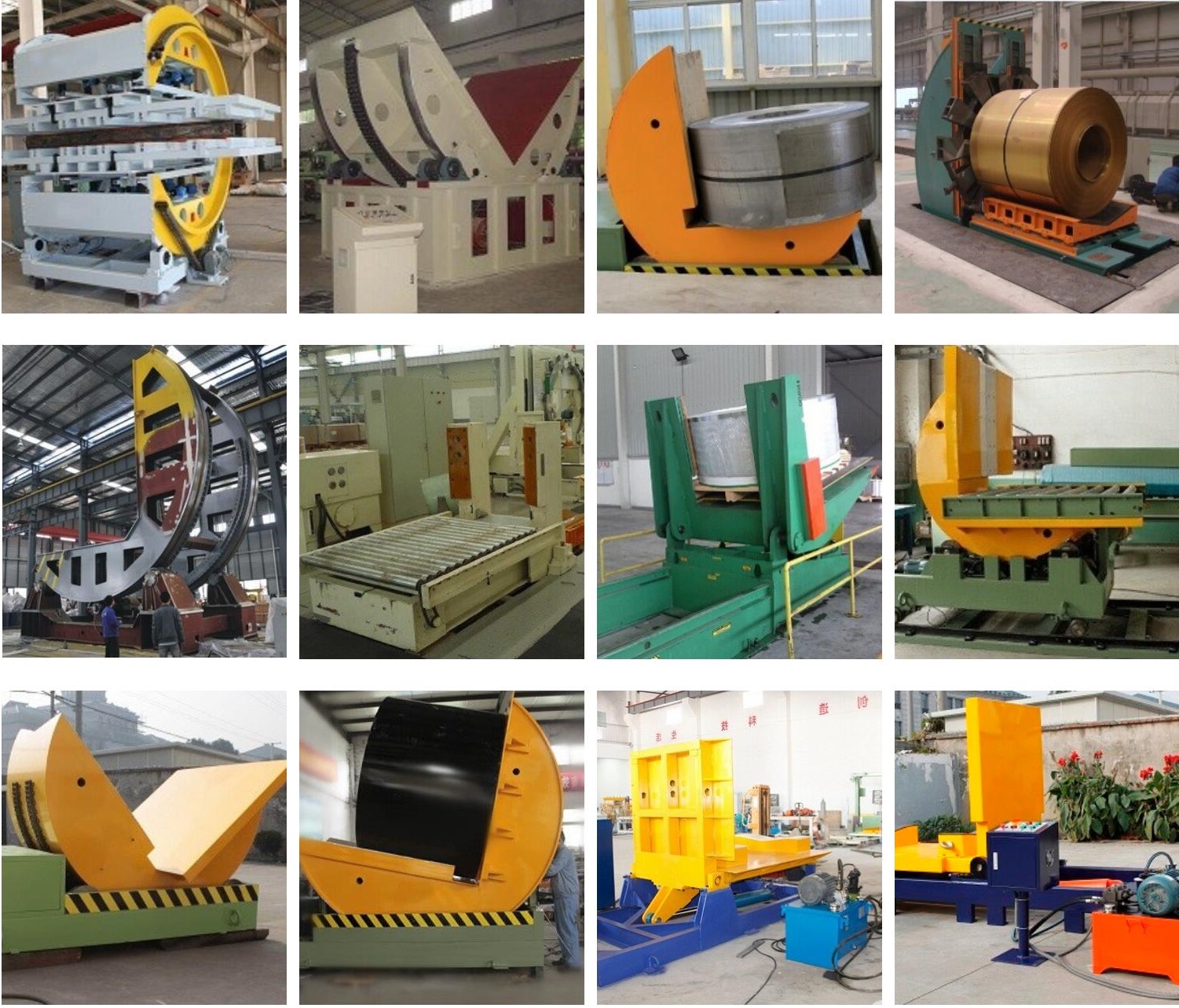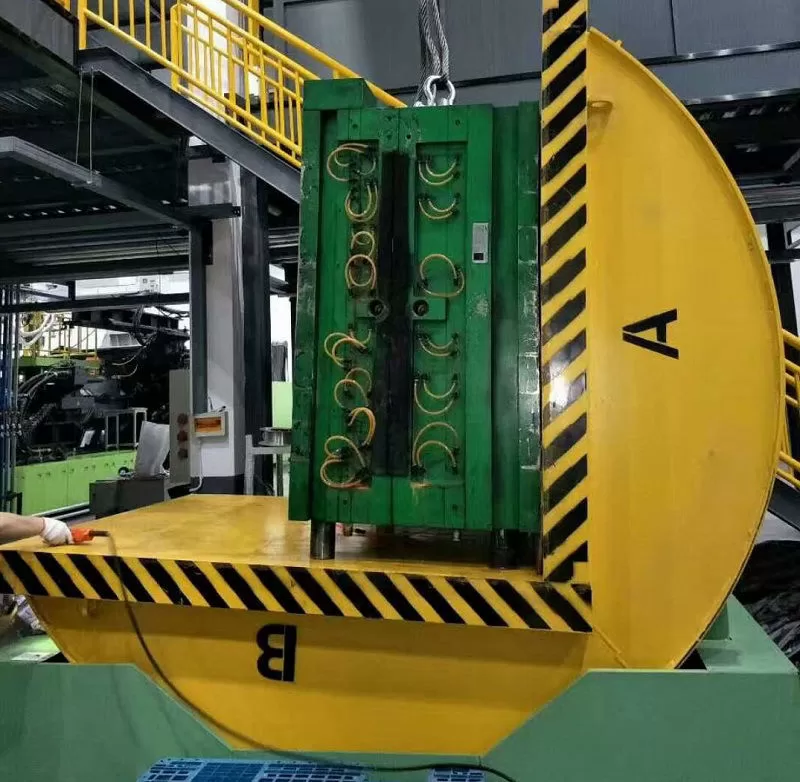Optimizing Operations: A Guide to Coil Upenders and Handling Equipment
Handling large, heavy coils of materials like steel, aluminum, paper, or plastic presents significant challenges in manufacturing and processing environments. Specialized coil handling equipment is essential not just for efficiency but, more importantly, for operational safety. This guide explores the types, functions, and selection considerations for key pieces of equipment, particularly coil upenders and tilters.

Why Specialized Coil Handling is Crucial
Manually handling heavy coils is often impractical and dangerous. The weight and bulkiness increase the risk of:
- Workplace accidents and personnel injuries.
- Damage to the coil material itself (e.g., telescoping, edge damage).
- Inefficient material flow within the facility.
Automated or semi-automated coil handling equipment mitigates these risks by providing controlled movement and positioning.

Key Types of Coil Handling Equipment
Coil Upenders and Tilters
These devices are designed to reorient coils, typically rotating them by 90 degrees between the vertical ("eye-to-the-sky") and horizontal ("eye-to-the-wall") positions. This is crucial for various processes, including loading onto machinery, storage, or transport.
- Function: Lifts and rotates coils safely and efficiently.
- Power: Commonly powered by hydraulics or electric motors. The choice often depends on capacity requirements, operational speed, and environmental factors.
- Capacity: Available in various sizes and weight capacities, ranging from handling smaller coils to units capable of manipulating coils weighing several tons, essential for industries like steel processing.
- Features: May include V-saddles or flat platforms to support the coil, adjustable pressure settings, and robust safety mechanisms.
Explore different types of Coil upenders available for specific applications.
Coil Cars and Transfer Cars
These are used for the horizontal transportation of coils within a facility.
- Function: Move coils between storage areas, processing lines, or loading docks.
- Types: Can be floor-running on rails, pit-mounted, or self-propelled vehicles.
- Applications: Essential for streamlining workflow, reducing forklift traffic for heavy coil movement, and safely feeding coils into production lines.

Coil tilters come in various configurations to handle different coil sizes and weights.
Selecting the Right Coil Handling Equipment
Choosing appropriate equipment requires careful consideration of several factors:
- Coil Specifications: Maximum weight, outer diameter (OD), inner diameter (ID), and width are primary determinants.
- Handling Needs: What specific movements are required? (e.g., 90-degree rotation, tilting, horizontal transport).
- Cycle Time: How quickly does the handling operation need to occur to match production speed?
- Power Source: Availability and preference for hydraulic, electric, or potentially pneumatic systems.
- Operating Environment: Considerations like space constraints, floor conditions, and indoor/outdoor use.
- Safety Features: Essential guards, interlocks, emergency stops, and control systems (e.g., pendant or remote control).
- Level of Automation: Ranging from manual control to fully integrated automated systems.
Emphasizing Safety in Coil Handling
Safety should always be the paramount concern when handling heavy coils. Modern coil handling equipment incorporates numerous safety features:
- Safety Guards and Barriers: Prevent personnel from entering hazardous operating zones.
- Interlock Systems: Ensure operations occur only when safety conditions are met (e.g., guards in place).
- Overload Protection: Prevents lifting beyond the equipment's rated capacity.
- Controlled Movement: Smooth acceleration and deceleration reduce the risk of load shifting or dropping.
- Remote Operation: Allows operators to maintain a safe distance during handling.
- Anti-Slip Surfaces: Provide secure contact with the coil.
Beyond equipment features, comprehensive operator training and regular equipment maintenance are vital components of a safe coil handling program.

Conclusion
Efficient and reliable coil handling equipment is indispensable for modern manufacturing and processing facilities dealing with coiled materials. Coil upenders, tilters, and transfer cars enhance operational efficiency, protect valuable materials from damage, and, most importantly, significantly improve workplace safety. By carefully selecting equipment based on specific application needs and prioritizing safe operating procedures, facilities can optimize their material flow and protect their workforce.